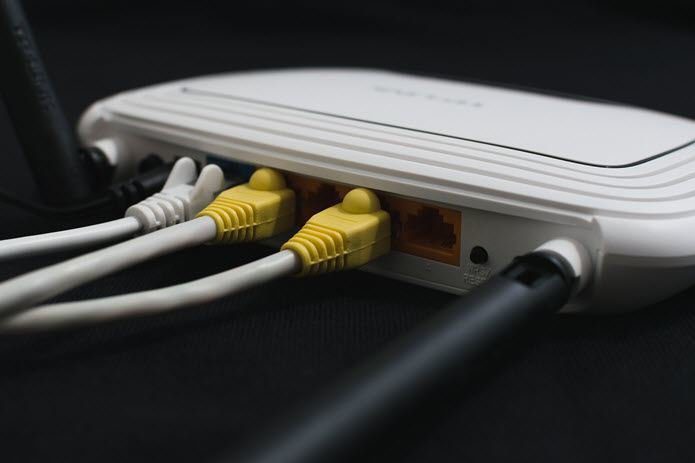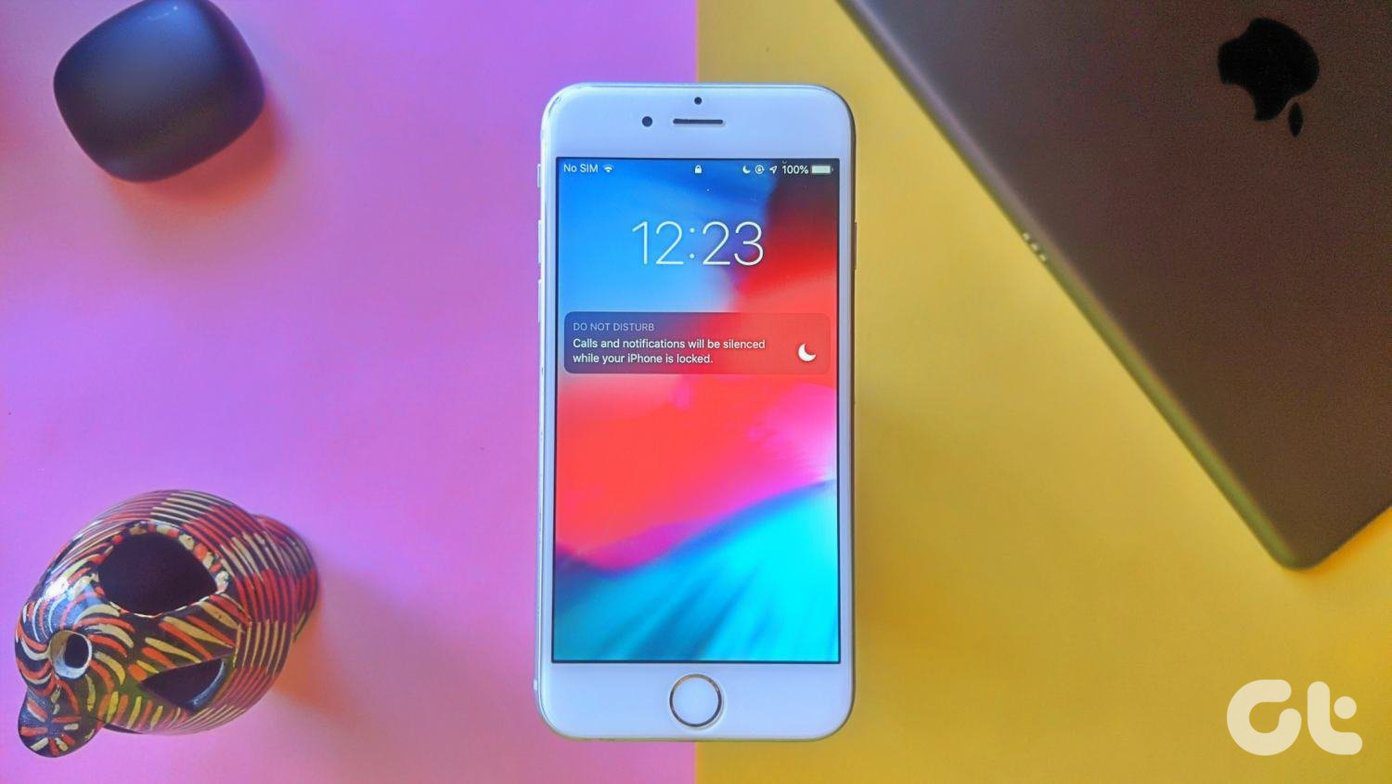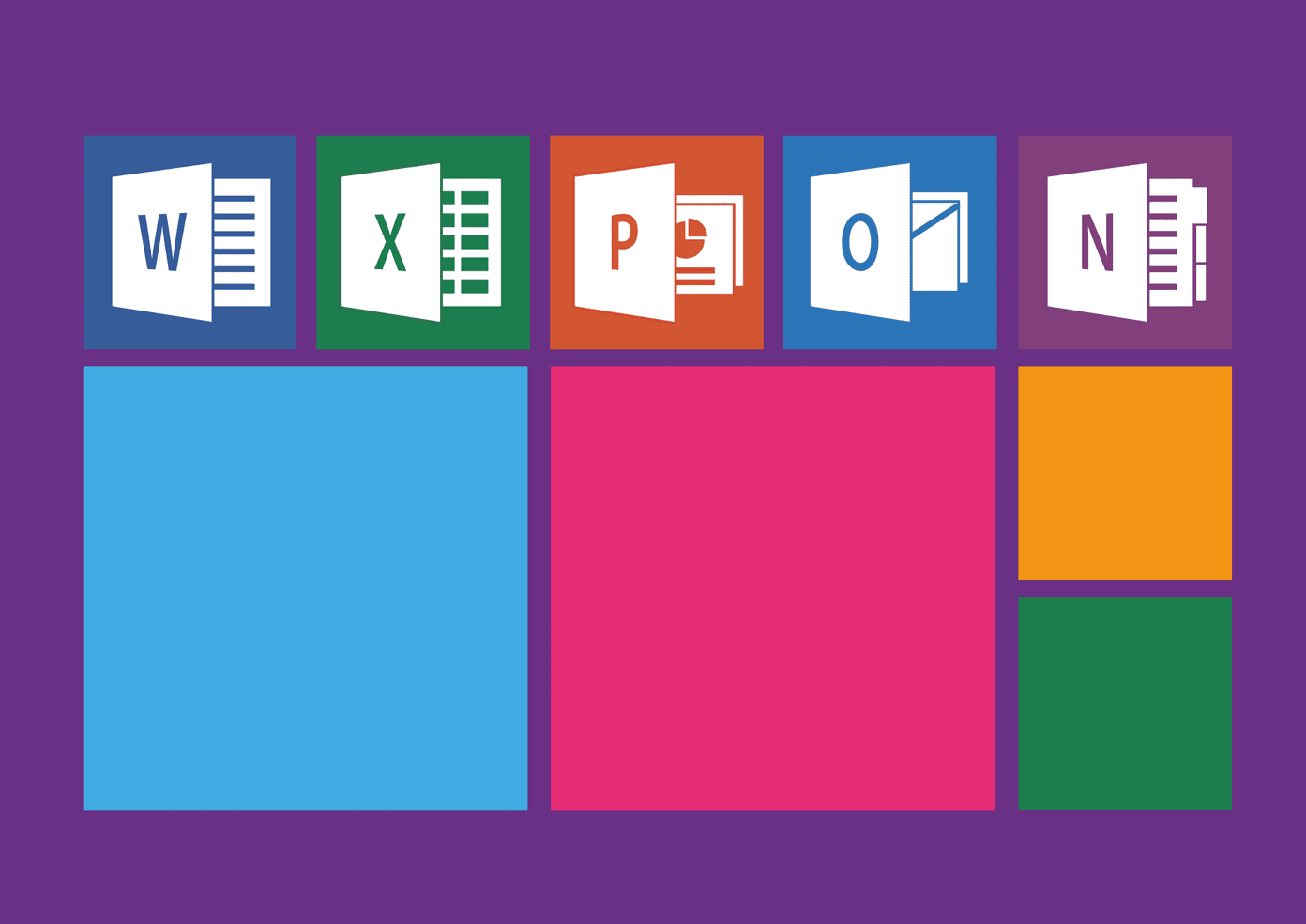WEP, WPA, and WPA2 are three different kinds of security protocols. When you set up your router and add a password, one of these formats was selected. Does it matter which one you choose? If you care about security more than the average Joe, yes it does.
Encryption for All
WEP, WPA, and WPA2 have different levels of encryption. Basically, the format in which you choose to save a password determines how strong it is. Or how easy/hard it will be for someone to crack it. Wired Equivalent Privacy (WEP) is the most widely used protocol. It’s also the default for most routers out there. That alone should be enough for the skeptic in you to raise an eyebrow. Nothing default is ever good, right? WEP was officially declared a standard way back in September 1999. It started with 64 bit encryption, then went to 128 and now supports 256 bit as well. Though a lot of devices are still stuck at 128 bit. The skeptic in you was right by the way. WEP is notoriously easy to crack. All you need is some free software. The Wi-Fi alliance retired WEP way back in 2004 but because of backwards compatible devices and the long life of corporate electronics, it’s still supported. Conclusion? Don’t use WEP.
Not a Whole Lot Better
Wi-Fi Protected Access (WPA) is what replaced WEP. It was an upgrade to WEP, designed as a firmware upgrade for current devices. Because of this it depended on a lot of old technology. All in all, WPA is better than WEP, but not by that much.
How You Like Me Now?
Wi-Fi Protected Access II (WPA2) is the latest and greatest in Wi-Fi security. I’m sure you’ve sensed a trend by now. Each upgrade is better than the one before. WPA2 made it to the official list in 2006 and since then it’s been actively developed. WPA2 uses 256 bit AES algorithms for encryption (the industry standard), which makes it much more secure than the ones before it. Because of the way WPA2 operates, if someone wants to hack into a network, they need physical access to one of the devices. And even then it can take hours. Unfortunately, because WPA2 is based on WPA, which is in-turn based on WEP, it too suffers from some of the vulnerabilities of our retired friends. But thanks to constant updates, those doors are now bolted a little bit tighter.
Which One to Choose?
It’s obvious by now that you should go for WPA2. It’s the lesser of the three evils. Yes, it can be hacked but then again, anything can be. The reason we use stronger protocols is to make it harder for people to hack into them. That’s why WPA2 is definitely the way to go. It increases the hacking time from a couple of minutes using free software to hours or days or pro level hacking. Basically, that blocks off most hackers out there. And anyway, if a person is dedicated enough to spend hours or days hacking into your system (hello there NSA, didn’t see you there, carry on), they’re going to find a way. Also, a hacker spending 12 hours on you? Boy, you must be special. The above article may contain affiliate links which help support Guiding Tech. However, it does not affect our editorial integrity. The content remains unbiased and authentic.









![]()
